University Report: Identifying, Assessing, and Controlling Risk
VerifiedAdded on 2023/01/09
|5
|998
|100
Report
AI Summary
This report examines the critical aspects of risk management within information security, focusing on identifying, assessing, and controlling risks. It begins by outlining the process of risk identification, which involves preparing for risk management through planning, organizing processes, and categorizing information assets. The report details the analysis of information asset inventories, threat identification, and prioritization. Subsequently, it delves into risk assessment, including determining the likelihood of projects, calculating potential losses, and assessing current controls. The process culminates in defining risk appetite, determining risk tolerance, and synthesizing a risk appetite statement. The report then explores the components of risk management, including people, procedures, data, software, hardware, and networking, and how these components interact with internal and external personnel. Various threats such as comprising intellectual property, espionage, human error, information extortion, and software attacks are discussed. The report concludes by outlining risk control strategies, such as defense probation, applying controls to eliminate risks, transference processes, and termination of issues, emphasizing their importance in effective risk management. The report underscores the significance of risk management in ensuring project success through proper risk assessment and control.
1 out of 5
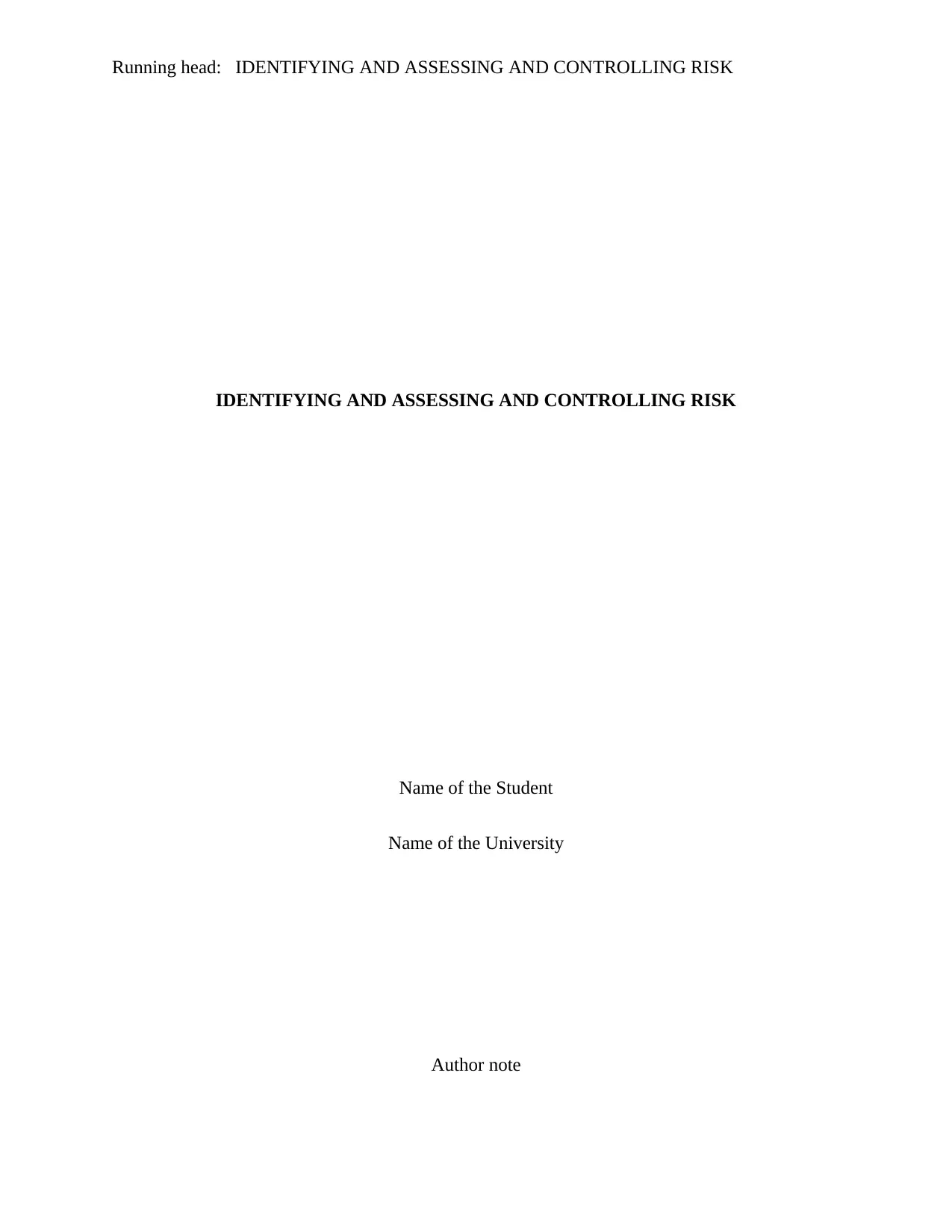
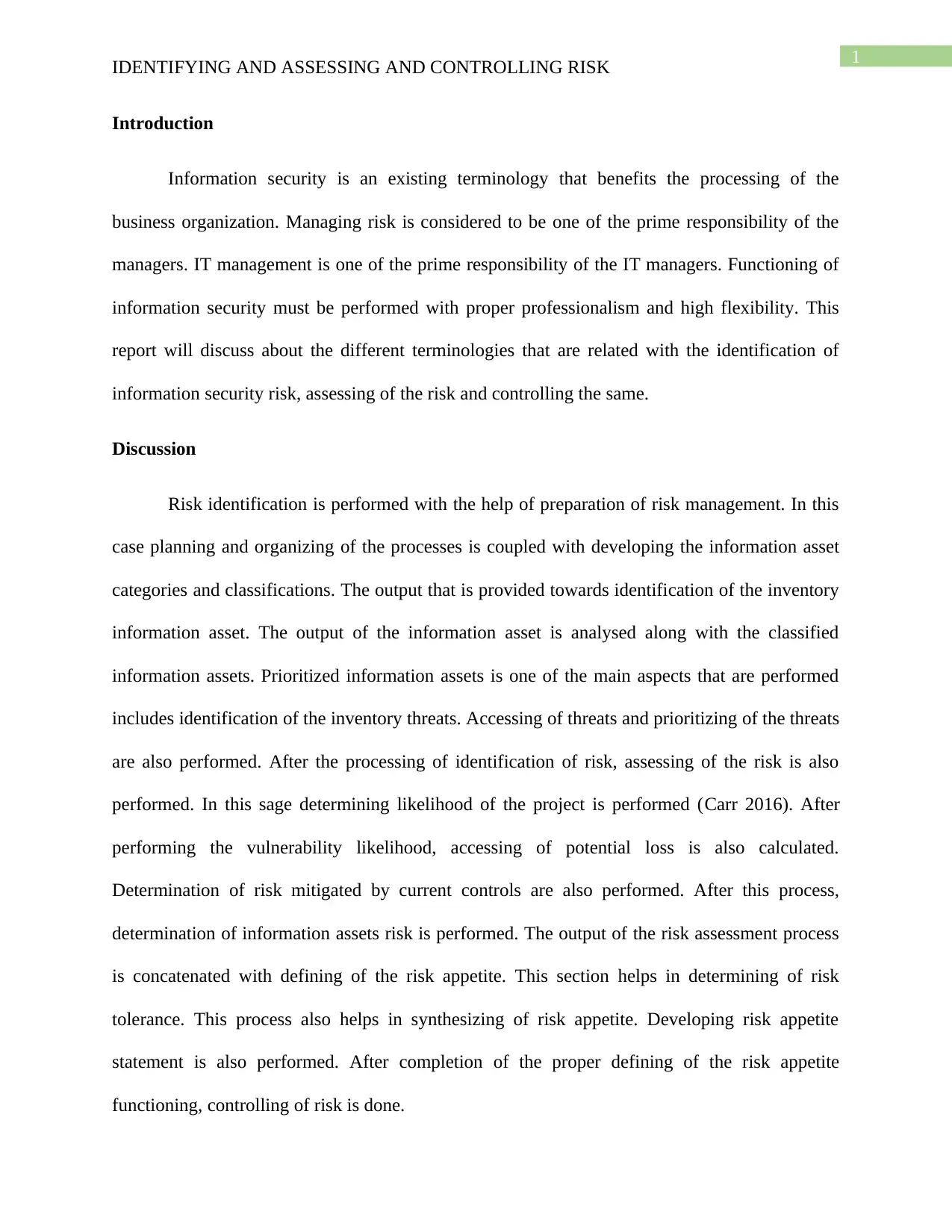
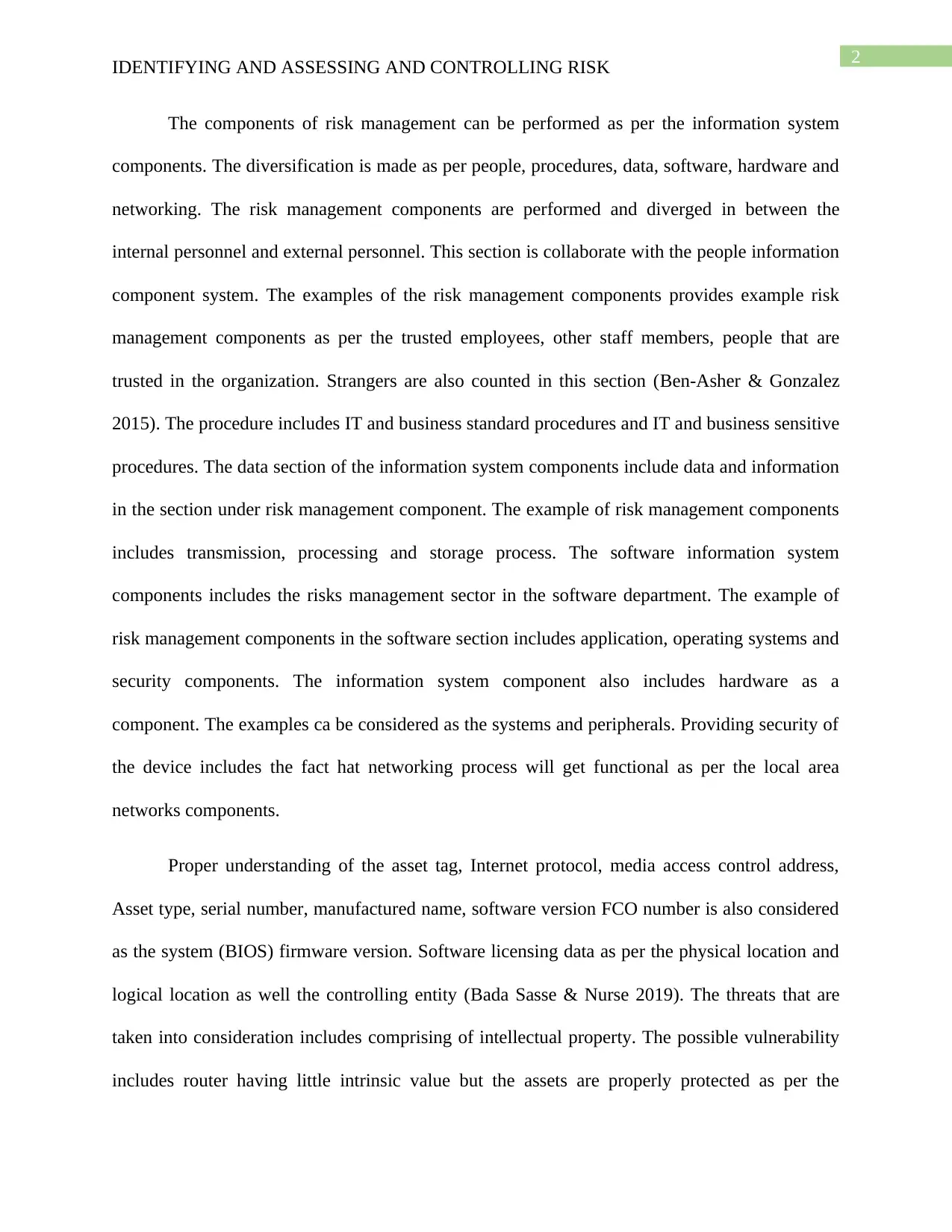

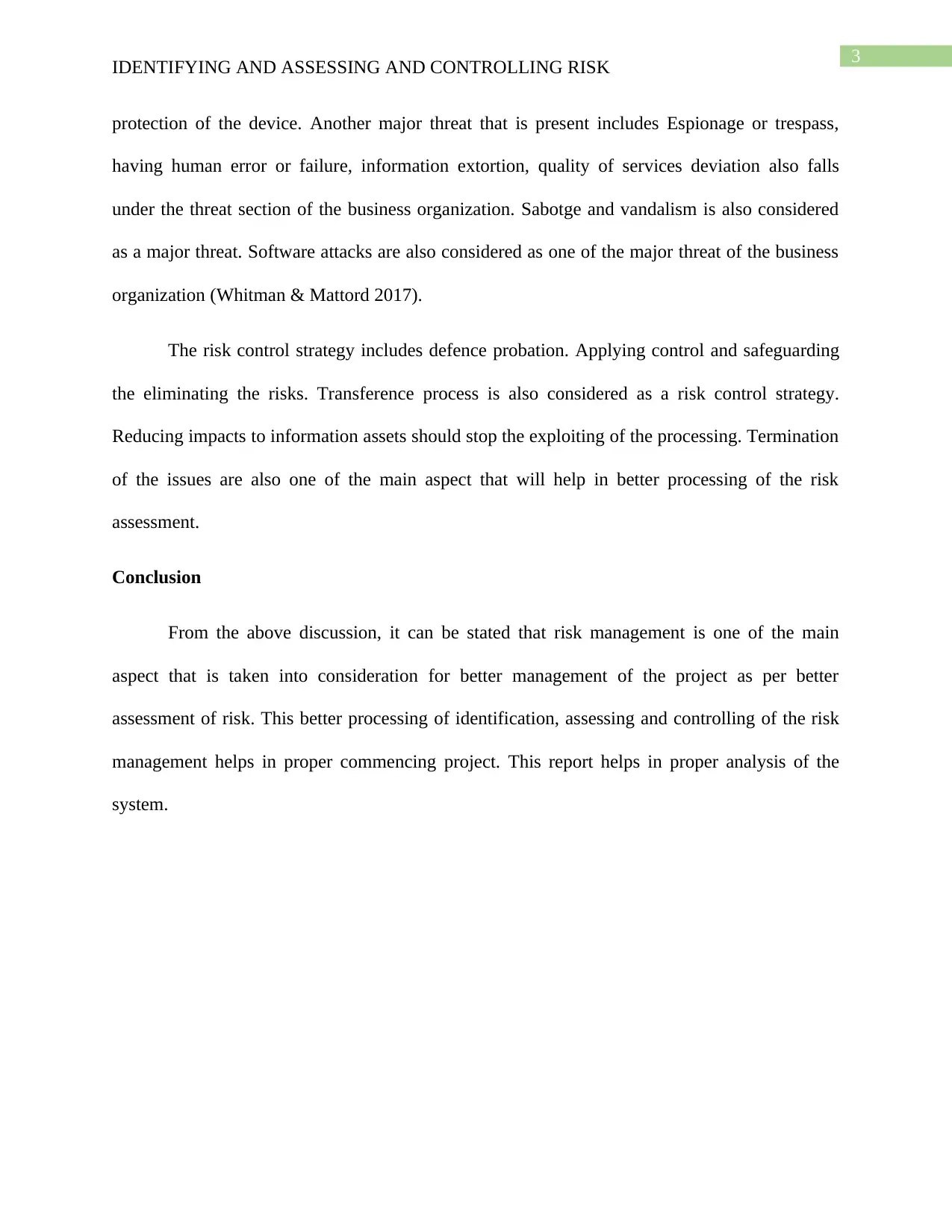
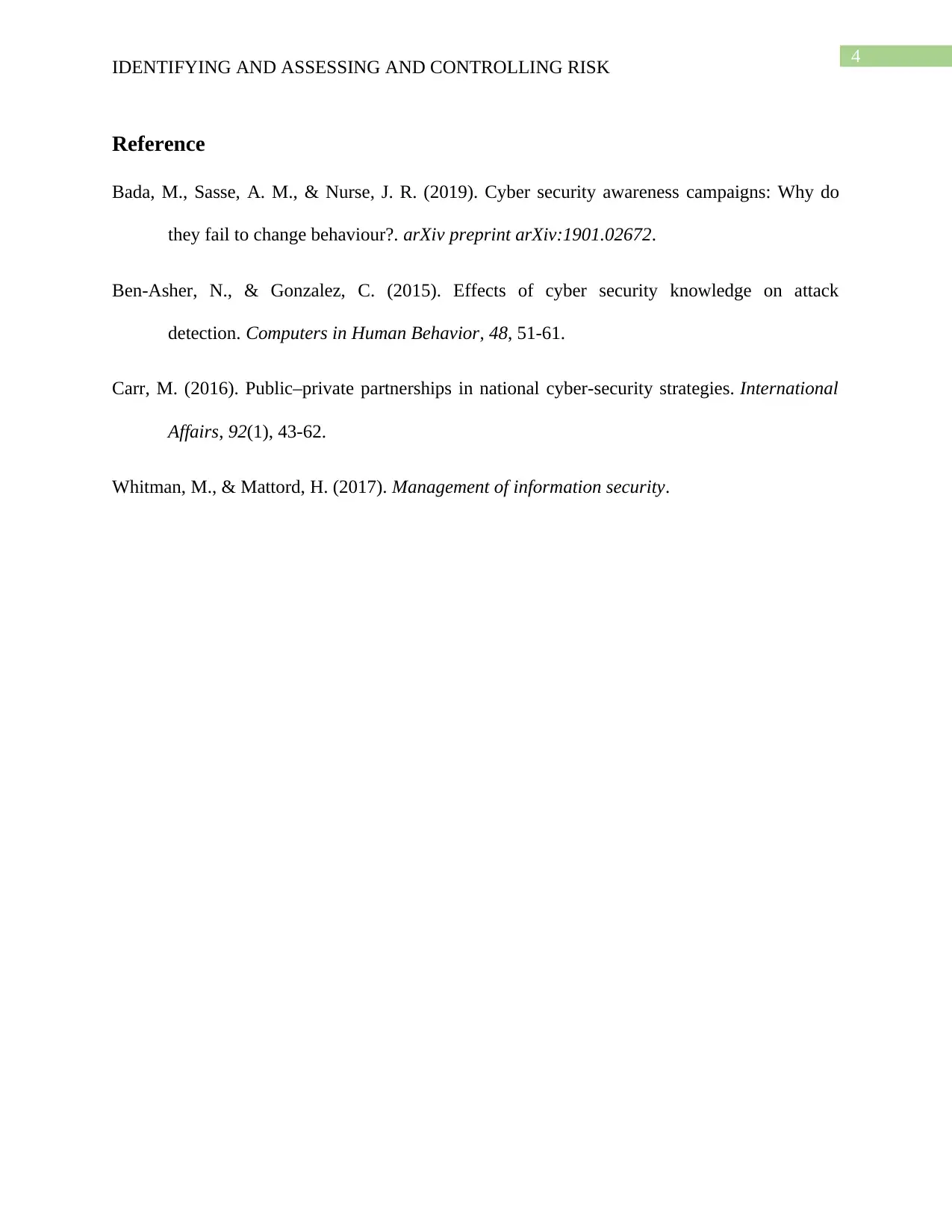






![[object Object]](/_next/static/media/star-bottom.7253800d.svg)